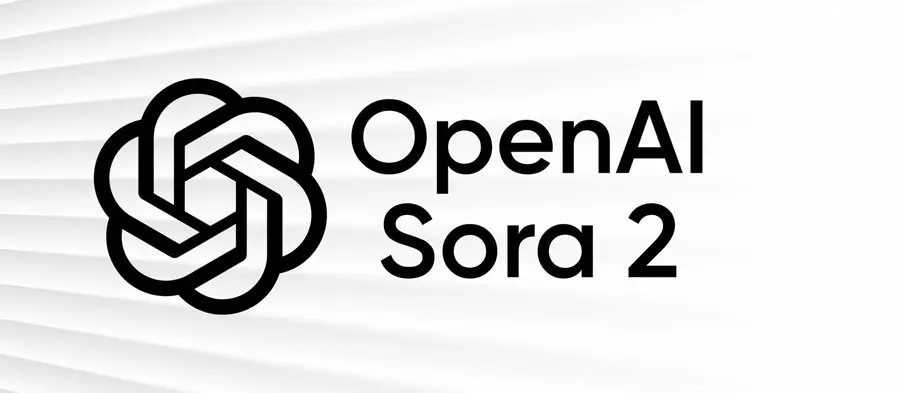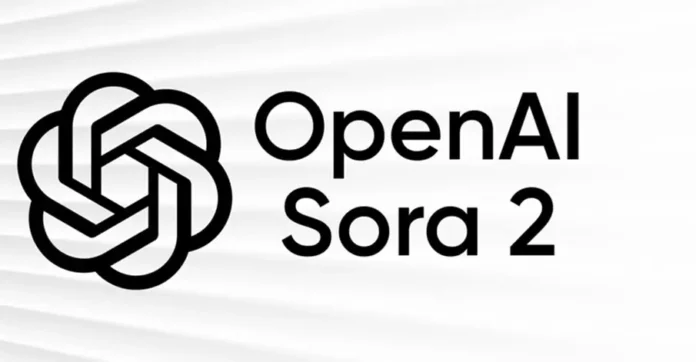
OpenAI has unveiled Sora 2, its next-generation AI video app, enabling users to generate high-definition video clips with audio from text prompts and even insert themselves into AI-created virtual worlds. Designed with a vertical feed similar to TikTok, Instagram Reels, and YouTube Shorts, Sora 2 allows users to watch, share, and comment on videos, blending creativity with social engagement.
The app will initially launch in the United States and Canada through Apple’s App Store on an invite-only basis, marking OpenAI’s direct foray into the short-form social media landscape. With this launch, the company positions itself as a competitor to major platforms like TikTok, YouTube, and Meta, offering AI-powered video creation as a core differentiator.
In an effort to promote healthier usage patterns, OpenAI has introduced features aimed at reducing endless scrolling. Users under 18 will not have access to infinite feeds, while adults who binge-watch for extended periods will be nudged toward creating content instead. OpenAI also emphasizes transparency, ensuring that all content leaving the platform is clearly marked as AI-generated, distinguishing it from user-generated videos.
As competitors accelerate their AI initiatives—with Google tying Veo 3 to YouTube and TikTok expanding AI Alive features—Sora 2 is positioning itself as both a creative and responsible alternative in the evolving social media ecosystem.
However, copyright concerns could complicate the rollout. The Wall Street Journal reported that Sora 2 can generate videos using copyrighted material unless rights holders opt out, potentially exposing OpenAI to legal challenges. “I think they are certainly opening themselves up to lawsuits in particular cases,” said Stanford Law professor Mark Lemley, referencing parallels with Anthropic’s recent $1.5 billion settlement over copyright infringement. Meanwhile, companies like News Corp are already forging content deals with OpenAI, highlighting the importance of balancing innovation with legal safeguards.
Sora 2 represents a significant step for OpenAI in combining AI creativity with social interactivity, but its success will depend not only on user adoption but also on navigating regulatory and copyright complexities in a fast-moving digital landscape.





